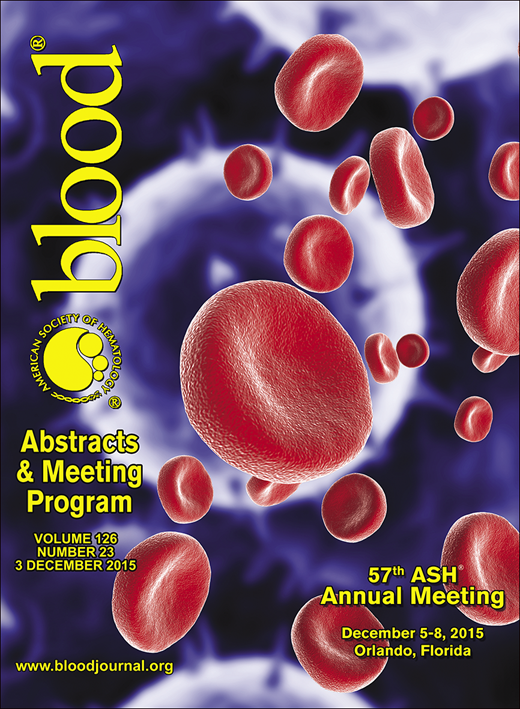Abstract
Oncogenic NOTCH signaling is a major driver of T-cell transformation in T-cell acute lymphoblastic leukemia (T-ALL). However, clinical studies testing the efficacy of NOTCH1 inactivation with γ-secretase inhibitors (GSIs) have shown limited antileukemic activity for these drugs as single agents. Here we used an expression-based virtual screening approach and network perturbation analyses to identify and functionally characterize new highly active antileukemic drugs synergistic with NOTCH1 inhibition in T-ALL. Gene expression profiling studies have shown a prominent gene expression signature dominated by genes involved in growth and metabolism downstream of NOTCH1 in T-ALL. Notably, loss of the PTEN tumor suppressor gene confers resistance to GSI therapy and effectively rescues the gene expression signature induced by NOTCH1 inhibition in T-ALL. We hypothesized that drugs inducing transcriptional programs overlapping with those driven by NOTCH1 inhibition and antagonizing those resulting from PTEN loss could have synergistic antileukemic effects with GSIs in PTEN wild type and PTEN null leukemia cells. To address this question we generated gene expression signatures from Pten conditional-inducible knockout NOTCH1-driven leukemias in basal condition, upon NOTCH1 inhibition by GSI treatment and upon deletion of Pten. Connectivity Map (cMAP) analysis in this series identified 17 high scoring compounds as candidate antileukemic drugs (p<0.01). Reassuringly these included two inhibitors of the mTOR/PI3K/AKT pathway (rapamycin, wortmannin), but also histone deacetylase inhibitors (vorinostat, trichostatin A and valproic acid), phenothiazine antipsychotic drugs (trifluoperazine and thioridazine), antimalarial agents (astemizole, mefloquine) and compounds with less characterized activities such as withaferin A, parthenolide and pyrvinium pamoate. Transcriptional profiling followed by pairwise gene set enrichment analysis of these compounds identified groups of drugs with highly interconnected transcriptional programs suggestive of an overlapping mechanism of action (e.g. mTOR/PI3K inhibitors, HDAC inhibitors and phenothiazines), as well as compounds with more unique expression signatures suggestive of a more distinct mode of action (e.g. withaferin A, astemizole and mefloquine). Detailed characterization of the antileukemic effects of these 17 cMAP hits alone and in combination with the GSI DBZ in a broad panel of human NOTCH1-mutated T-ALL cell lines, identified withaferin A, rapamycin, wortmannin, parthenolide and vorinostat as the most active (lethal dose 50 <0.5 µM) and GSI-synergistic (combination index <0.4) drugs in this series. Among these, withaferin A, stood out as the most cytotoxic and GSI-synergistic compound against both PTEN positive and PTEN null T-ALL cell lines. Moreover, withaferin A treatment of primary mouse NOTCH1-induced T-ALLs and primary human T-ALL xenografts demonstrated strong and GSI-synergistic antileukemic activity in vivo.
To address the mechanisms mediating the antileukemic effects of withaferin A we performed a detailed analysis of the gene expression signatures induced by this drug in T-ALL lymphoblasts. These studies revealed a strong enrichment of downregulated genes involved in translation regulation in T-ALL cells upon treatment with withaferin A (p<0.001). Mechanistically, transcriptional network perturbation analysis identified the eIF2A translation initiation complex as a potential effector of the antileukemic effects of withaferin A, and withaferin A treatment induced strong dose dependent phosphorylation of eIF2S1 in position S51, a modification responsible for blocking the activity of the eIF2A complex. Consistently, polysome profiling and nascent-protein assays revealed decreased translation in T-ALL cells treated with withaferin A. In this context, expression a phosphomimetic mutant form of eIF2S1 (S51D) impaired leukemia cell viability. Moreover, expression of a non-phosphorylatable form of eIF2S1 (eIF2S1 S51A) in T-ALL cells abrogated the antileukemic effects of withaferin A.These results support a direct role of eIF2S1 phosphorylation and the inhibition of eIF2A-dependent translation as a critical mediators of the antileukemic effects of withaferin A in T-ALL and a role for the combination of GSIs and inhibitors of protein translation for the treatment of high risk T-ALL.
Califano:Therasis Inc: Employment; Cancer Genetics Inc: Consultancy; Ipsen pharmaceuticals: Consultancy; Thermo Fischer Scientific: Consultancy.
Author notes
Asterisk with author names denotes non-ASH members.

